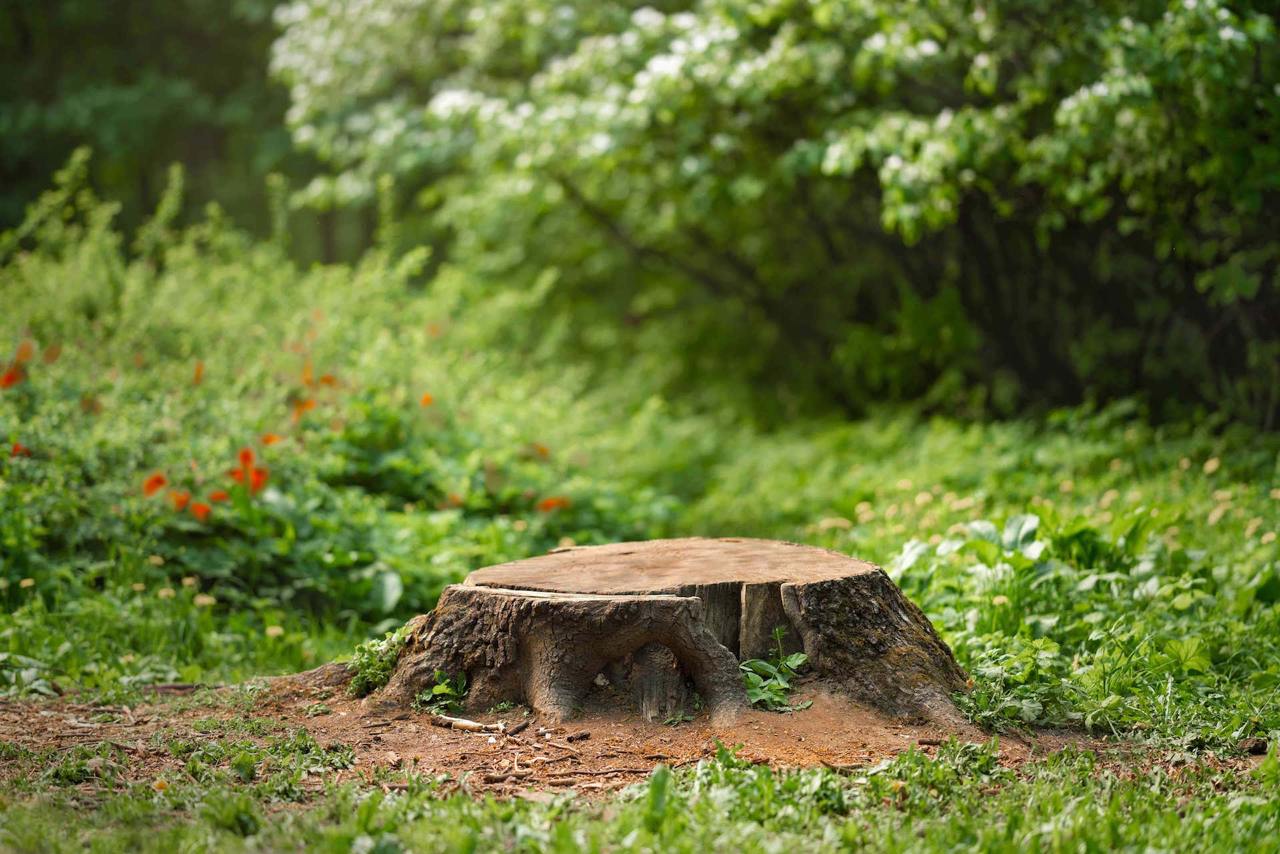
The Essential Guide to Tree Transplanting: Techniques for Healthy Growth and Recovery Sep 26, 2025
Tree transplanting is more than just uprooting a tree and placing it in a new location; it is a strategic process that requires careful planning and execution. The first step in the tree transplanting process is choosing the right time. Typically, the best time to transplant trees is during the dormant season, either early spring or late fall, when the tree is not actively growing. This timing reduces stress and allows the tree to focus on establishing roots in its new environment.
The next crucial step involves selecting an appropriate location for the tree. Consider factors such as sunlight, soil type, and space for root expansion. Make sure the new site mimics the tree’s previous conditions for a smoother transition. Soil preparation is also vital. Ensure the soil at the new site is well-aerated and nutrient-rich, promoting a healthy root system.
Once the ideal location is determined, the preparation of the root ball can commence. This process involves digging around the base of the tree to separate it from the surrounding soil. It is essential to keep the root ball intact as much as possible to avoid root damage. Wrapping the root ball in burlap can help maintain its structure during the move.
Moving the tree to its new home should be done efficiently to minimize exposure. Carefully place the tree in the center of the new hole, ensuring it is level and upright. Fill the hole with native soil to encourage the roots to establish quickly. Avoid fertilizing immediately after transplanting, as this can cause stress to the tree.
Watering is a critical aspect of the tree transplanting process. Newly transplanted trees require consistent moisture, but not too much, as overwatering can lead to root rot. Monitor the soil's moisture levels and adjust watering schedules as needed, ensuring the tree receives adequate hydration without being saturated.
Post-transplant care is crucial for the tree's recovery and growth. Mulching around the base of the tree helps retain moisture and regulate soil temperature. It's also beneficial to keep the tree staked temporarily to provide stability and support while it adjusts to its new location.
Regular monitoring is essential during the tree's acclimatization period. Look for signs of distress such as wilting leaves or discolored foliage, and address these issues promptly. Pruning may be needed to remove damaged branches and encourage a healthy growth pattern.
Transplanting a tree is a delicate task, but with the right techniques, you can ensure its successful adaptation and growth. At Lawn Ranger Yard And Tree Service LLC, our expertise in tree care and transplanting can help you achieve a thriving landscape. Whether you're a seasoned gardener or new to tree care, understanding these techniques will guide you in fostering healthy trees that contribute to the beauty and vitality of your outdoor space.
/filters:no_upscale()/media/e2b6ae5e-1ad7-4267-9c02-5fb3ac23b3bd.jpeg)
/filters:no_upscale()/filters:format(webp)/media/4ac9a26a-061e-4eb6-b08e-f4867be7887c.jpeg)